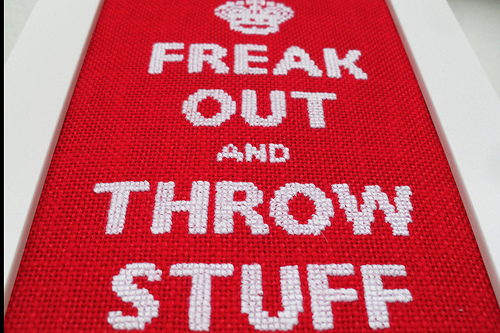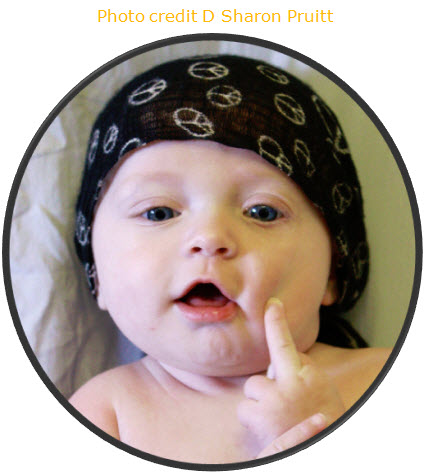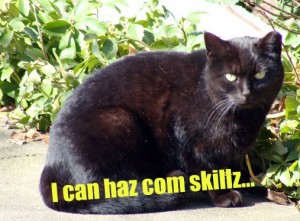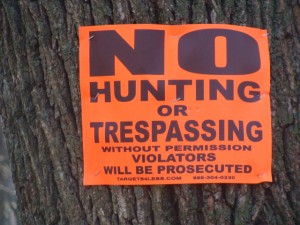No offense, but I recently had to leave a lecture because the speaker began every other sentence with either “So…” or “Alright, so…”
His information may have been spectacular, but after a half hour, I felt too distracted to listen anymore. When your audience starts playing a mental drinking game based on taking a sip every time you say “so” and downing the whole glass every time you begin a sentence with the word “so” — and they’re hammered in 5 minutes — you might want to face the problem.
Saying “so” is so over.
The dreadful part about saying “so” is that it’s insanely catchy. A half-hour of listening to someone repeat so like a neurotic cuckoo clock, and you’ll find yourself doing the same damn thing.
The “so” phenomenon has spread like wildfire over the past few years. If we’re conscious of it, maybe we can make that little devil go away.
I’m trying like mad to drop that absurd little word from the start of my sentences, and it’s going pretty well. But all I have to do is listen to an interview on NPR for 10 minutes in the car, and it comes galloping back at my next meeting.
Vexed, I scrawled a list in my Moleskine: Top 10 words never to begin a sentence with —
1. So…
2. OK. So…
3. Alright, so…
4. Alright…
5. OK.
6. No offense, but…
7. I think…
8. I feel…
9. Ahem…
10. Just…
It’s a hastily scrawled list, based largely on my own annoyance that these words have actually flown out of my mouth. It’s a monkey-hear, monkey-say situation: I hear these phrases and I repeat these phrases.
I’m going to make a conscious effort to stop saying these phrases with any kind of frequency. If one slips into my speech a time or two, that’s acceptable. But I don’t want to have it escalate into a drinking-game distraction!
What “stop words” are on your Top 10 lists?
Laura Bergells is a professional story finder. She writes, coaches, teaches, and speaks. Check out her online courses at LinkedIn Learning. If you’re a LinkedIn Premium or Lynda.com member, these courses are free! If you’re not a member, you can either become a member or buy each of these classes à la carte.











